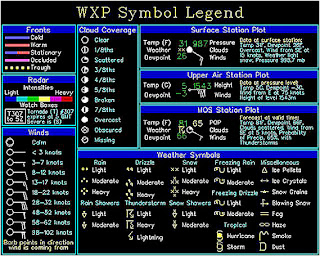Clouds are simply accumulations of condensed water vapour in the air. But their ever changing patterns are quiet revealing as to how and why they formed and what kind of weather they are heralding. There are three basic types of clouds- first described in 1804 by the English chemist Luke Howard: cirrus clouds which are light and wispy, the word deriving from the Latin for “Curl of hair”; cumulus, meaning a pile or heap; and stratus, describing clouds that spread out in a horizontal layer.
The height at which clouds form is also important. Cirrus clouds are usually very high- at an altitude of more than 5000 m. their drawn out wisps are a sign of strong winds and changeable weather to come. Middle altitude cumulus clouds include the white, “cotton wool” fair weather clouds, as well as altocumulus clouds, which bring light showers of rain. If they occur at lower altitudes, cumulus clouds can build into heavy rain clouds and dark, anvil shaped cumulonimbus storm clouds. The latter can tower from 300 to 12000 meters and result in thunderstorms.


















































